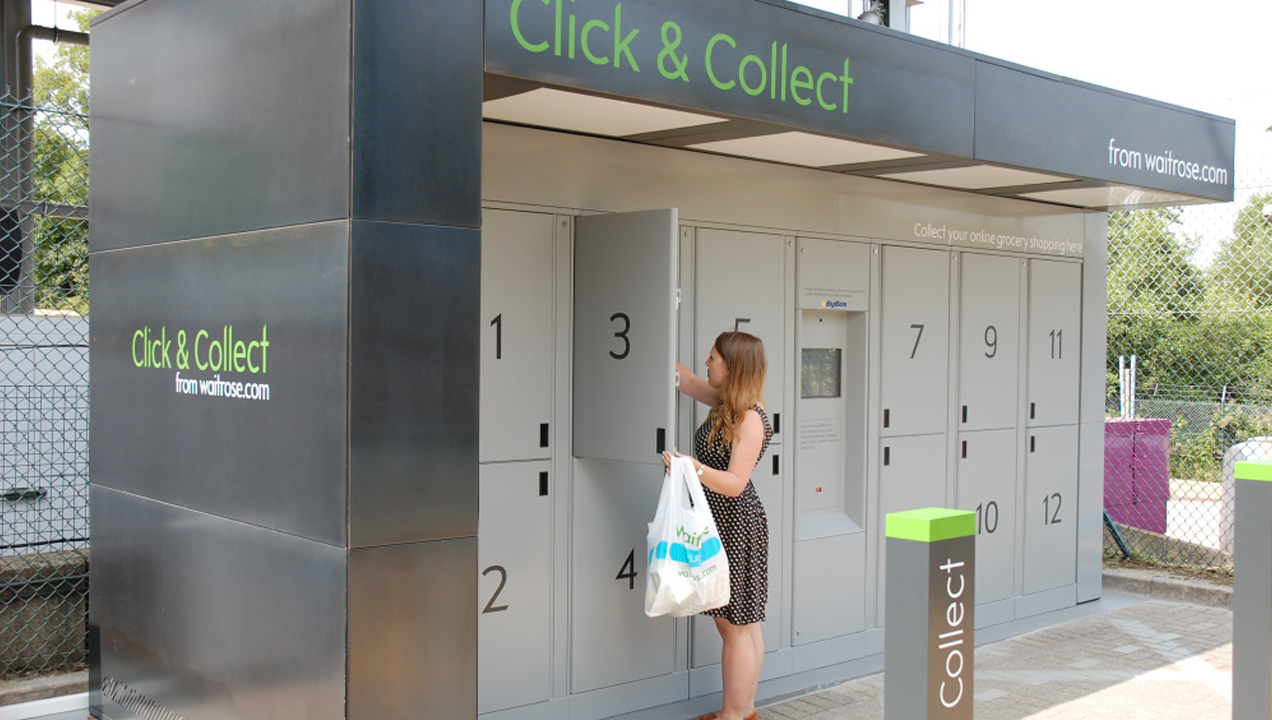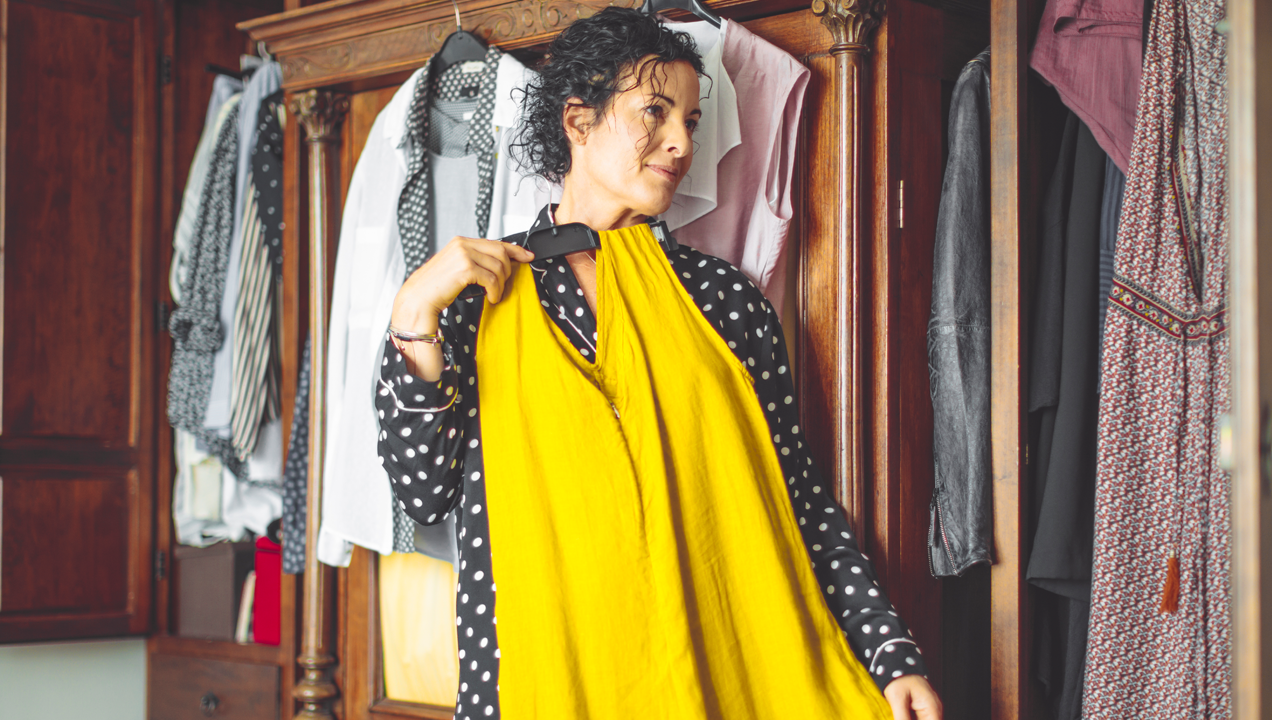Sutherland as a Retailer Part 2: The Personalized Customer Experience
In part one of this paper, we used our research insights from the UXalliance Global Retail Benchmark to think of simple ways to reduce friction in online-offline shopping experiences, and reduce the common causes of customer pain. However, as we designed our Sutherland Superstore of the Future we realised it’s not just about reducing friction. Designing smarter retail customer experiences means using data more effectively to personalize the customer journey. So how far could we go to improve shopping experiences using the kind of analytics and data platforms available to us today? The answer is a lot further than you might realize…
Our Superstore uses data for enhanced customer personalization
The UXalliance benchmark has uncovered the fact that, despite being relatively easy to implement, personalization is something that is often missing from both in-store and online experiences. What does personalization mean in a retail context?
- Relevant offers and personalized deal: In our Superstore, we’re using advanced analytics to help us fine-tune our human-centric design. Sure, we’ve mapped customer journeys, and developed robust customer personas through design research and ethnographic studies, but at mass market scale, building a detailed picture of every individual customer also needs some serious tech solutions too. Combining analytics with hands-on design research helps us build smarter profiles for each customer, based on their shopping history (both via the app data and in-store checkout payments). This means we can do two things that will increase the customer’s lifetime spend with our store – firstly, we can offer them personalized deals based on the kinds of products they actually buy, and secondly, we can improve the cross-sell of related items. We’ve seen some great examples of this kind of thinking in the UXalliance benchmark, where linked items appear at the checkout (so if it’s a digital camera, they offer deals on memory cards, carry cases and so on). Also the emergence of subscribe and save deals on regularly purchased items. But we’ve also seen some rather bad implementations too, where you get notified about price promotions and deals on items you’ve previously bought at full price, or you subscribe to an item but can’t get the delivery interval right (either too frequent, or too slow).
- Fully integrated loyalty cards: One of the biggest CX issues that comes-up in the UXalliance benchmark is the general lack of connectivity between offline loyalty cards and online apps. In many apps, they appear to be disconnected, and even when they are integrated it requires the user to leave checkout to visit another page, get a discount code, then go back to the checkout and input the code, or something equally painful. So, in the Sutherland Superstore, the loyalty card is fully integrated with our app and in-store experience, which means online purchases and in-store shopping all generate loyalty points, which are held centrally and can be used at the online checkout and the offline checkout without any friction.
- Automatic voucher schemes: One thing we all dislike is shopping at a store, then receiving online vouchers which we either don’t use, or we realize we could have used on items we’ve paid full price for. That’s a source of customer pain that wouldn’t happen at the Sutherland Superstore. If we email you a voucher, it’s added to your profile same as loyalty points, so when you come to your next purchase online or in store, we recognise you and apply the voucher automatically. Best price, every time, that’s our voucher scheme.
- Delivery personalization options: Our Superstore enables a much greater range of personalisation options regarding deliveries and packaging. This means offering customers a wider range of delivery time slots (rather than notifying them on the day, letting the customer choose convenient times, as most supermarkets do) and offering a much wider range of delivery options. Our Superstore is integrated with a network of third party click and collect locations, as well as locker facilities located in commuter train stations, petrol stations, car parks and park and ride schemes. This is a growing trend the UXalliance research highlighted, especially in Asia and Eastern Europe, where customers expect a lot more choice over when and where deliveries go. Similarly, the option to grant access to delivery drivers to your home (which is being tested in the UK at the moment) and more details about delivery drivers to make customers feel more secure would be a feature of our service.

- Packaging personalization options: One consistent complaint about home deliveries that our research uncovered was the persistent use of large boxes for small items, which are a waste of material and hard to dispose of, or inadequate packing materials and wrapping for delicate items, and so on. As with deliveries, our Superstore would provide the option for customers to specify the best packaging to suit their needs or preferences.
- Smarter back-up options: Our Superstore uses advanced analytics that can digest a customer’s shopping history, and feedback. This means when an item is out of stock, we offer substitute replacements that the customer is most likely to want based on their purchasing history. This means we don’t deliver items with a short shelf life (for our groceries) and if a customer has ordered some lycra cycling gear, we don’t simply refund the item and leave them hanging, we ship the most popular item in their size, from a brand they have bought before – or one other similar customers have liked, with a note saying “sorry, would this do instead?” The aim is to develop the shopping process as a useful service, that understands more about customer shopping habits, rather than assume there are only two options – sale or return.
- Smarter returns processes: Our Sutherland Superstore never ships an item without an included returns label, detailed returns instructions, and robust packaging that can be re-used. More than that, all returns can be arranged through the app, the website, over the phone or handled in store, regardless of the channel you bought the item in. Also, whatever payment option you used – from cash to Bitcoin or Paypal – is hooked-up and ready to refund in store, in the app, and over the phone. These three components of returns were some of the most common friction points reported around the globe in our UXalliance research. Smarter returns are essential for building customer loyalty, and making the shopping experience easier.
- More flexible payment options: We’d also add to our service by offering a wider range of try-before-you-buy services, linked to optimized returns. This would include payment at the end of the month for all purchases (especially useful for trying on clothes at home, and returning multiple items on a regular basis); and also offering pay-monthly accounting on all items, replacing the need for credit cards. This seems like an important step, again, taking our Sutherland Superstore out of the realms of retail and integrating it with financial products (like credit cards).

- Integration with other stores: Our quest for personalization means at Sutherland’s Superstore, you can click-and-collect from any store you like to shop at. And even better, you can order items in to try them out at our store, and if you don’t want them, arrange for them to be returned by us to your original supplier. Which means, we’re the only store you ever really need to visit, for anything.
General improvements to existing customer expectations
Finally, there are a few extra innovations we’d deploy in our Sutherland Superstore, which we’ve learned from the UXalliance benchmark, and seen other brands doing very effectively.
- Online-offline price matching: In our store, the lowest price applies. So if you buy an item in-store and it’s subject to an online price promo, that’s the price at the checkout. Online items also check out at the lowest in-store price, so during sales, there’s consistent pricing and no chance an in-store bargain favours one brick-and-mortar customer over an online customer.
- Store communities: With our advanced customer analytics, we can effectively segment our customers, which offers us real opportunities to do more with our Sutherland Superstore. For example, we can identify customer interests and hold product demonstrations and learning activities in-store at evenings and weekends. Angling tips? Free cake decorating classes? Art exhibitions? Christmas catering workshops? Fitness, healthy eating, organic beauty products? We’ve seen real world stores doing these sorts of things every effectively, and with the right kind of personalization data, the store becomes a community venue, and the app becomes a social media hub to bring like minded people together.
With the right kind of personalization data, the store becomes a community venue, and the app becomes a social media hub to bring like minded people together
- Integration with wider services: The Sutherland Store can integrate with services like Uber, Airbnb, Deliveroo, and relevant third party logistics and delivery options. This means regardless of which store the customer is nearest to (on holiday, or at work or travelling) we can design delivery options that provide a higher level of flexibility and accessibility than traditional models. That makes our store global and local at the same time.
And finally… the future
All of the ideas we’ve outlined here are achievable right now, with current technologies. That sense of applying realistic tech and best practices feels like the right approach for building our Sutherland Superstore… but of course, if we look to the innovators and flagship concept stores around the world, we should add a few more things that really caught our attention…
- Frictionless shopping: It’s coming. Walk in, pay with face recognition, or phone app, possibly both. The store uses sensors to track all stock. Which means the in-store staff can focus on customer service like never before. Win:Win!
- Robots. Shopping trolleys that take you to your shopping list, and follow you around.
- More robots: That take the foods you select and cook them in automated kitchen, then serve them via even more bots.
- Drones: For automated deliveries to your postal / zip code.
- Augmented Reality glasses: Which enable you to visualize clothes, home furnishings, in-store promotions, and highlight items in-store for easy location.
- Moving stock displays: Yes, even displays that move around the store, or move closer to you if your customer data profile attracts them, to make it easier to find what you are looking for.
- Perfect customer service: Delivery within 30 minutes, collection and refund within an hour on returns, customer support calls to help you decide on items you’re browsing, chatbots to handle simple queries 24/7, and fridges and cupboards that restock themselves… with drones… and … and… watch this space.
In the meantime, if you want an insight into how the world’s finest apps are transforming retail experiences – and discover the brand who actually manage to deliver perfect customer service, you can get in touch with simon@sutherlandlabs.com for the full UXalliance Retail App Benchmark 2018.
